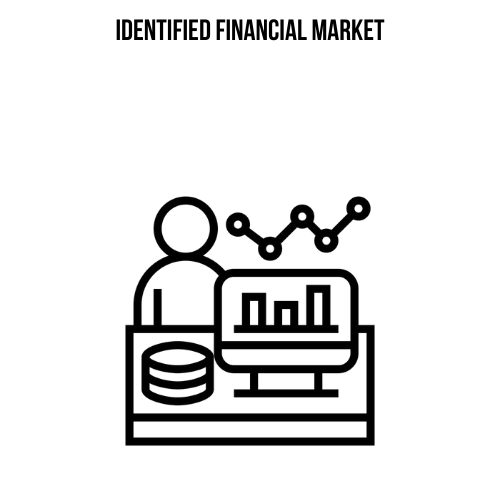Social entrepreneurship is closely related not only to social, but also to economic outcomes. Social enterprises need to produce financial resources to implement their social agenda and reach social impact. They put themselves on the market and engage in entrepreneurial practices to endure and finance their social mission. They also need to be more entrepreneurial in order to reach sustainability.

Financial indicators provide insight into countries financial environment as a pre-condition for development of social businesses.
Subdimension: Available Sources of Funding
There is a variety of possibilities that could be mentioned as sources of funding, such as grants from projects; bank loans; donations and/or fundraising; crowd funding; microcredit; social investment; private investment, among others. Social enterprises often turn to government funding or project grants, since there is a constraint concerning the distribution of profits. Most of them use a mix of sources such as earned income, membership fee, subscriptions and users fee, governmental funds (subsidies) and other.
Available Sources of Funding Indicators

There is a gap between supply and demand which depends on the number of social enterprises, on the demand side, as well as their business models. In this context, the diversification of financial instruments in order to disperse risk is important.

There is a variety of possibilities that could be mentioned as sources of funding, such as grants from projects; bank loans; donations and/or fundraising; crowd funding; microcredit; social investment; private investment, among others.

This type of financing is important for diversification of the sources of financing of social enterprises. In general, the market for social investments should be dimensioned according to the stages of development of social enterprises.
Subdimension: Access to Sources of Funding
Protection is important in the entrepreneurial world. From the aspect of starting your own business, it is important to have a guarantee of industrial and intellectual property rights, shareholder rights and investor protection in order to have a greater motivation for entrepreneurial and innovative ventures. Higher level of investor protection will contribute to a larger number of social enterprises, and thus a greater number of social innovations and greater competitiveness of the sector and the economy in general.
Access to Sources of Funding Indicators

When investors consider where to invest their money, they seek a business model that will return their investment and provide profit. In most cases, they are not concerned with whether the entity is a social enterprise.

Support from public funds plays a key role in the development of the sector. This includes facilitated access of social enterprises to public procurement of services and products, subsidies and public-private partnerships.

This indicator is important given the dominant share of small and medium enterprises in the economy. Access to finance for small and medium-sized enterprises is important for improving their contribution to economic growth.
Subdimension: Financial Dependence
Financial independence is what social enterprises strive for, it is something that will make them even more influential in society and would help them make a bigger social impact. Social entrepreneurship finance from public sources of funding requires the project’s sponsor to mobilize funding from other sources, including the private sector. The higher the leverage, the more effective is the use of public climate finance and an indication of the commercial viability of a project. What makes it even more difficult for them is that they have to mold their business plans and activities for the donors and the subsidy calls in order to be eligible and suitable for the grant, donation or subsidy.
Financial Dependence Indicators

Financial independence is what social enterprises strive for, it is something that will make them even more influential in society and would help them make a bigger social impact.
